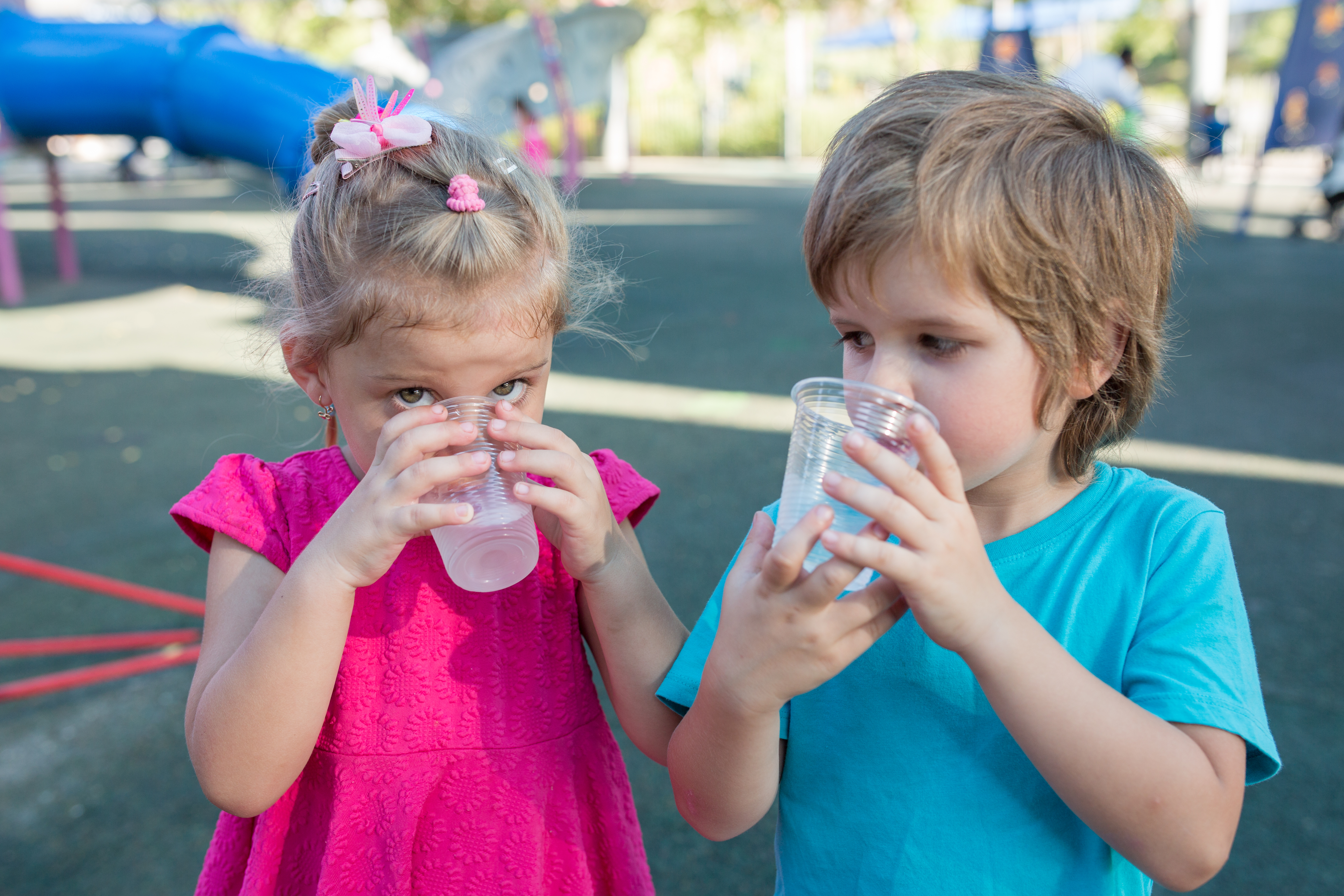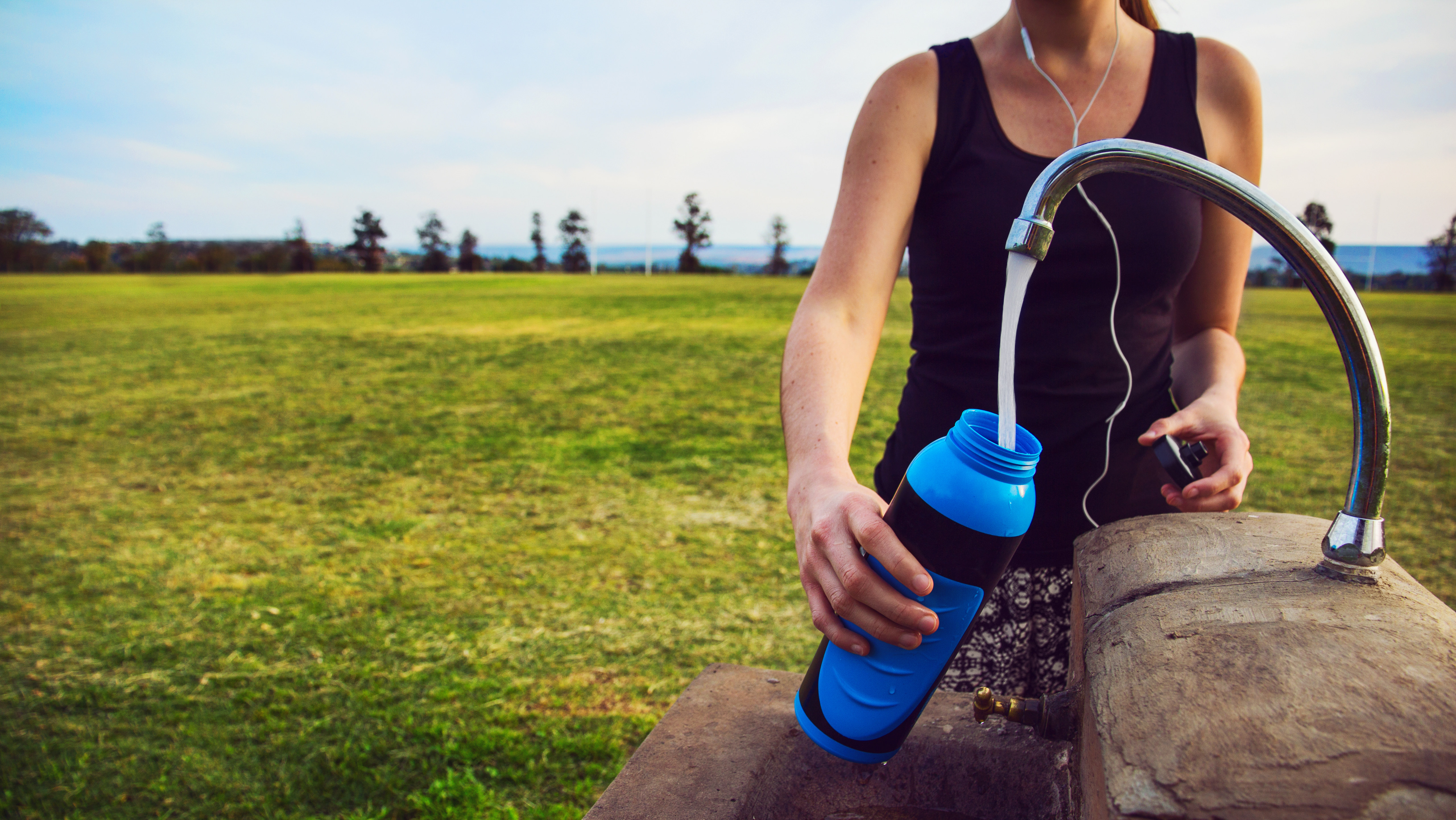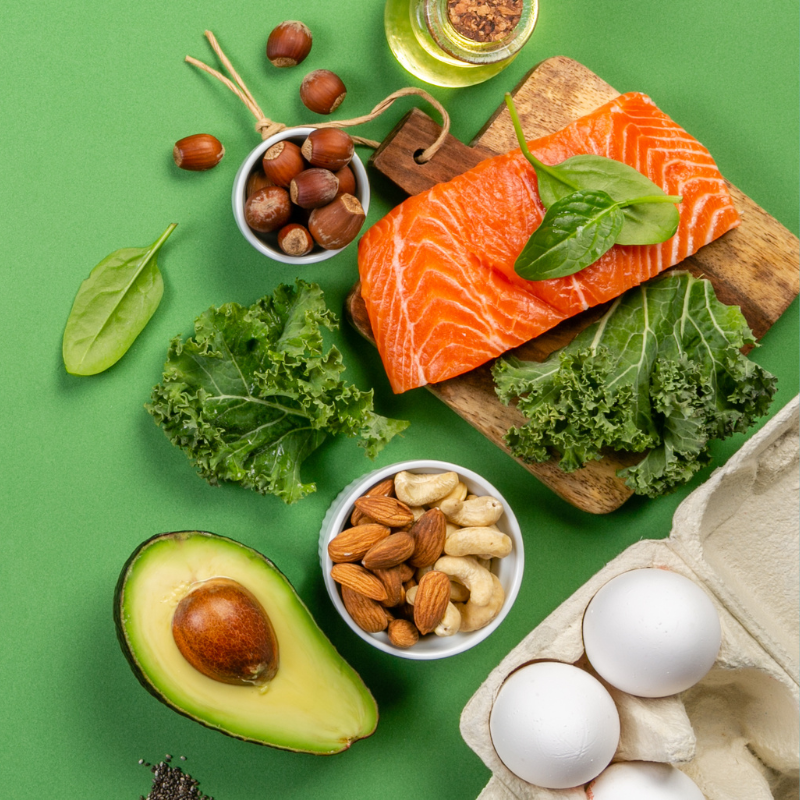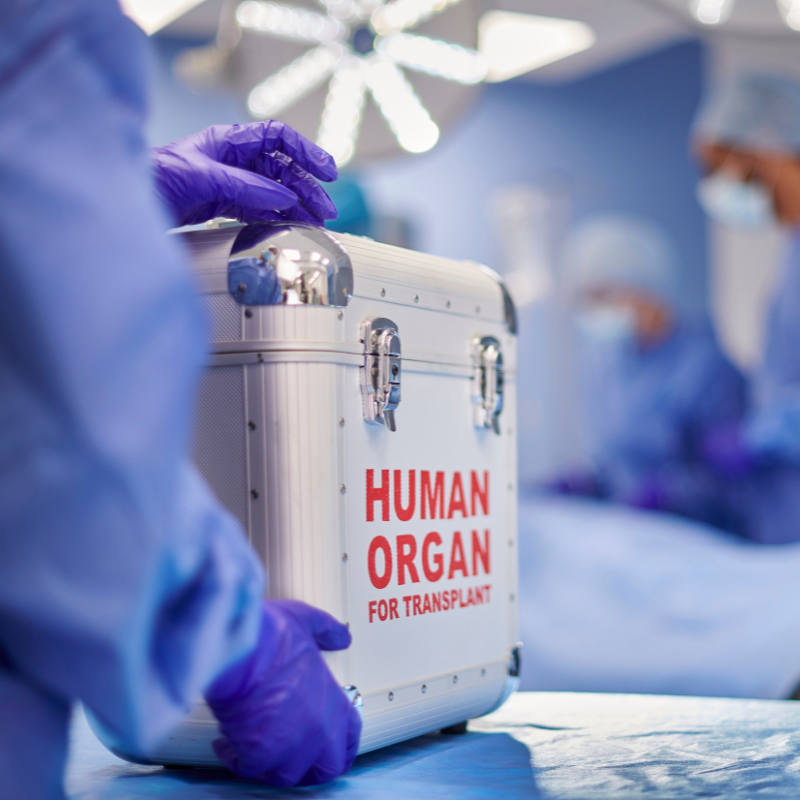 How often have you heard your stomach growl, felt a little light-headed or had an oncoming headache and immediately reached for a snack? You might be surprised to find that what can feel like a hunger pang is actually thirst. These two sensations ride a fine line, and being able to tell the difference can help you be successful with your daily diet!
How often have you heard your stomach growl, felt a little light-headed or had an oncoming headache and immediately reached for a snack? You might be surprised to find that what can feel like a hunger pang is actually thirst. These two sensations ride a fine line, and being able to tell the difference can help you be successful with your daily diet!
When true hunger strikes, many people are guilty of opening the fridge or pantry and immediately looking for ready-to-eat or pre-packaged foods for a quick fix. The next time you get a stomach pang, though, pause and ask yourself if you’re really hungry or could you just be thirsty? Here are some common hunger symptoms to set the basis for your answer:
- Empty feeling in your stomach
- Stomach gurgling or rumbling
- Dizziness, faintness or light-headedness
- Headaches
- Irritability
- Lack of concentration
- Nausea

The truth is, most people confuse thirst and hunger, often mistaking the former for the latter. Clinical studies have shown that 37% of people mistake thirst for hunger because thirst signals can be weak. This can create added issues for chronic kidney disease patients who are sometimes placed on fluid restrictions to reduce their kidneys’ workload. Always follow these restrictions, but also make sure your body is getting enough fluid, too. Signs of thirst symptoms may include:
- Dry skin
- Feeling sluggish
- Dry-eyes
- Increased heart rate
- Headache
- Nausea
- Dizziness
With symptoms that overlap, one can easily confuse hunger and thirst. Pay close attention to these feelings when you have them and think about what you’ve eaten or drank so far for the day. Here are a few helpful reminders to keep your cravings in check:
- Don’t wait until you’re thirsty to grab a drink. Staying hydrated throughout the day helps curb cravings, keeps you alert, and helps digestion. Make sure you’re reaching your daily fluid allowance. Also be sure to monitor your fluid intake to avoid dehydration and its pesky symptoms, like nausea and headaches.
- Listen to your body. Don’t be tempted to reach for whatever snack is in sight at the first sign of “hunger.” To figure out if that feeling is hunger or thirst, drink water—within your fluid allowance—and then wait 15 minutes. If you were truly hungry, you might still feel a stomach pang, whereas if you were just thirsty, you’ll feel satisfied.
- Opt for kidney-friendly foods when hunger strikes. Fiber-rich snacks, which are low in fat and high in antioxidants, are a great option to help chronic kidney patients stay within protein, phosphorus, sodium and potassium guidelines. A few examples include apples, berries, and red and purple-skinned grapes.
Information or materials posted on this blog are intended for general informational purposes only, and should not be construed as medical advice, medical opinion, diagnosis or treatment. Any information posted on this blog is not a substitute for patient specific medical information or dietary advice. Please consult with your healthcare team or dietitian for a more complete dietary plan and recommendations.









I can’t bear anything sweet, fruit is unbearable to me. So what other ‘kidney friendly’ foods can I have instead of the fruit ? I’d love to know.
avoid: salts, potassium, phosphorus.
examples: (see links)
½ cup frozen peas, cooked
½ cup broccoli, cooked
½ cup green/yellow beans
½ cup cauliflower, cooked
½ cup zucchini, cooked
½ cup carrots, cooked
½ cup corn, cooked
½ cup cabbage (raw/cooked)
1 biscuit Shredded Wheat
3 cups air‐popped popcorn
1 slice Country Harvest Source
One Enriched White Bread
1 slice McGavins “Smart”
White Bread with Whole Grains
½ cup oatmeal
1 slice 60% whole wheat bread
*1 tablespoon ground flax
http://www.kidneyhealth.ca/wp/wp-content/uploads/nutrition_fibrefriendly.pdf
https://www.healthline.com/nutrition/best-foods-for-kidneys#14
karen_gahimer@comcast.net
Fruits high in citric acid like oranges or lemons are good for breaking things down in your kidneys. Even adding a little lemon juice to your water helps prevent kidney stones.
Love the way it said
A lot of good information on this page!
I’ve been looking online all over the place for some good symptoms/feelings for when you or your body is thirsty or hungry for a Health project in school!
Thank you!
A lot of good information on this page!
I’ve been looking online all over the place for some good symptoms/feelings for when you or your body is thirsty or hungry for a Health project in school!
Thank you!
Don’t you mean “37% of people mistake thirst for hunger…”?
The study linked there doesn’t seem to reach that conclusion. I read through it, and when I didn’t find that statement I just searched the study for “37” and “36” (in case it was 36.5 and they rounded, or something). Also, the study they linked to only has 40 participants. If anyone knows where the real science is, I’m looking for it.
Thanks
Great article, thank you! Just a little note though, 37% is not “most people”.
I always thought I was a victim to my constant hunger pangs, but after reading about the differences between hunger and thirst, I may have been mistaken all along!
Very Insightful article. thanks for sharing
Very Insightful article. thanks for sharing
A lot of good information on this page. Thanks for sharing.
https://tribuneworld.com/tips-for-weight-loss-if-you-want-to-become-fit-adopt-these-5-habits-now/
I have a friend who gets fat because she has a problem like this. Thank you for educating us!
Great article! Knowing the difference helps many people to avoid overeating.